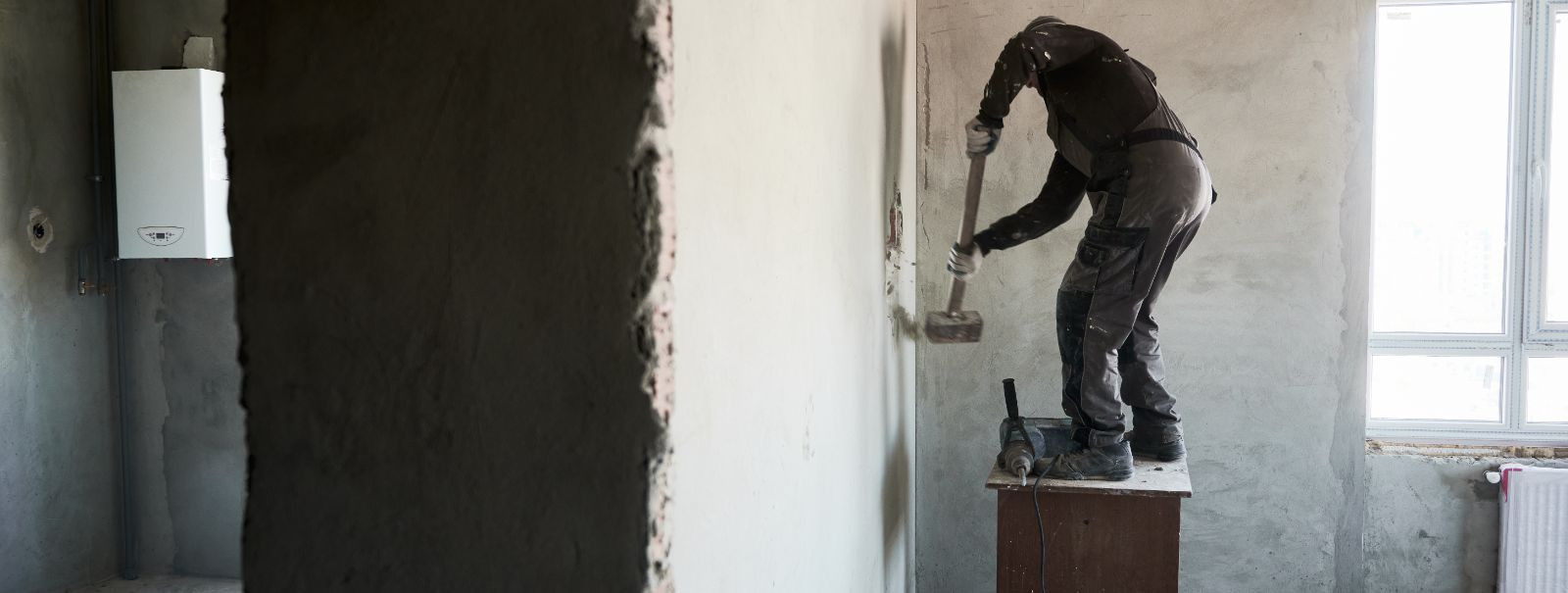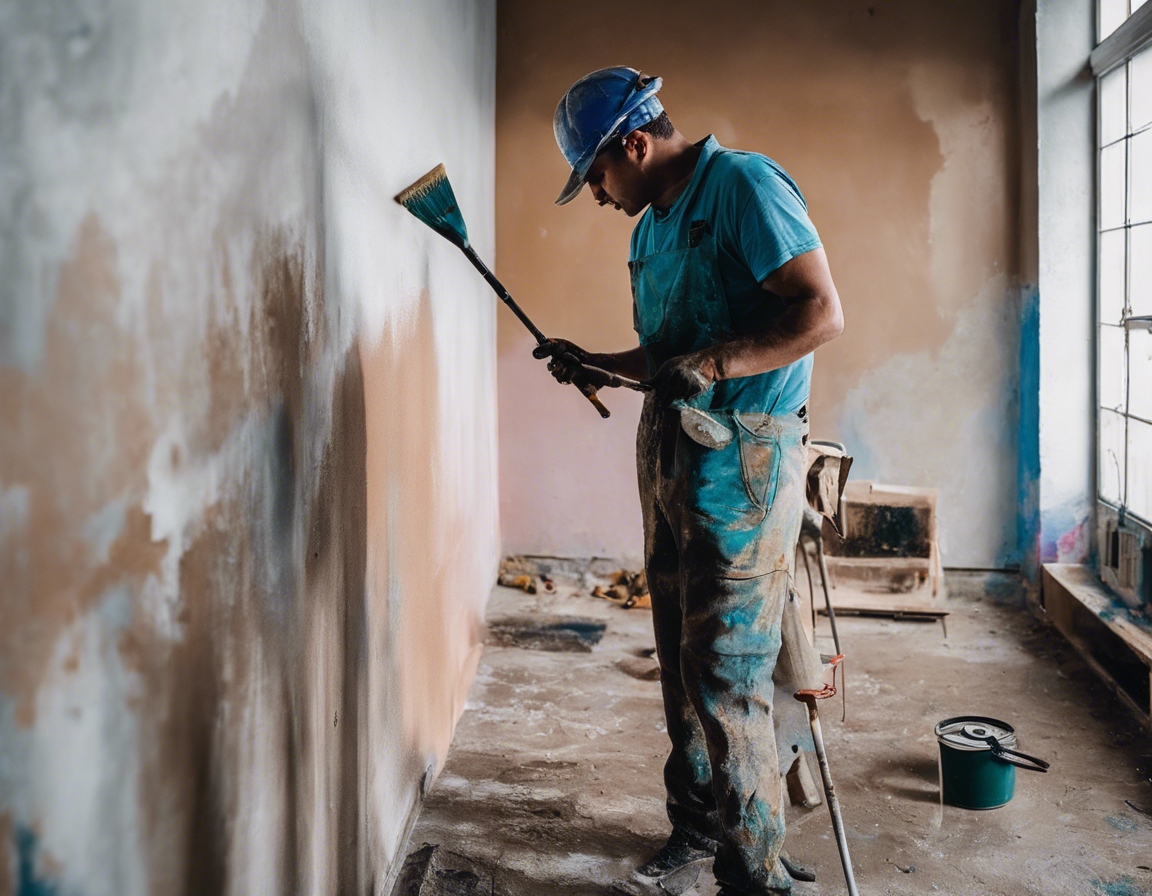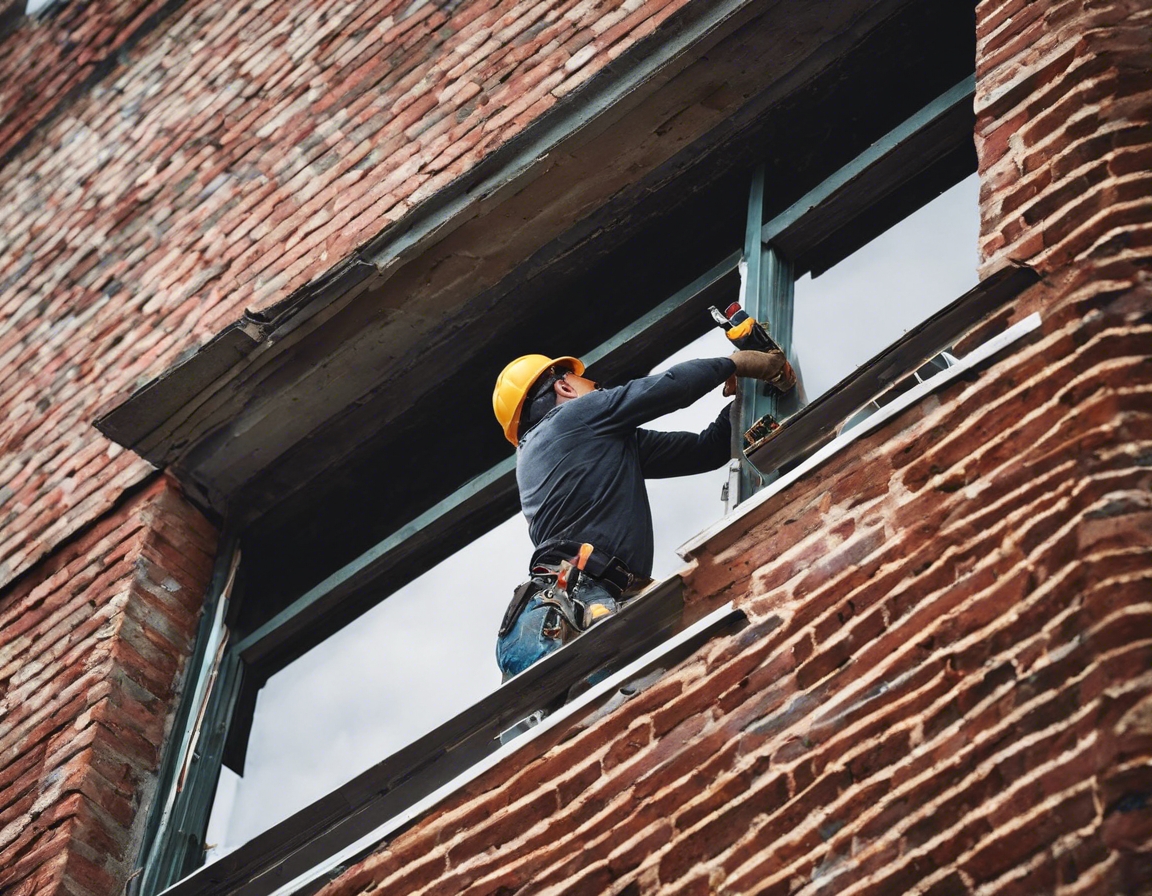The art of safe demolition: best practices
Demolition is an integral part of the construction lifecycle, paving the way for new developments and revitalization. However, it is a complex and potentially hazardous process that requires meticulous planning, precision, and a deep commitment to safety. In this post, we will explore the best practices for safe demolition, ensuring that projects are completed efficiently without compromising the well-being of workers, the public, and the environment.
Understanding the Importance of Safety in Demolition
Demolition sites are inherently dangerous, with risks ranging from falling debris to structural collapses. It is essential to implement stringent safety measures to protect everyone involved or in proximity to the site.
Demolition activities can have significant environmental implications, including air pollution and waste generation. Best practices involve minimizing these impacts through careful planning and sustainable methods.
Adhering to local, national, and international demolition standards is not just a legal obligation but also a moral one, ensuring that demolition activities are conducted responsibly.
Pre-Demolition Planning: The Key to Success
Before any demolition activity begins, a comprehensive site assessment is crucial to identify potential hazards and structural considerations. This assessment informs the demolition plan and risk mitigation strategies.
A well-structured demolition plan outlines the sequence of tasks, necessary equipment, and safety protocols. This plan serves as a blueprint for the entire demolition process.
Whether it's implosion, selective demolition, or traditional mechanical methods, selecting the appropriate technique is vital for safety and efficiency.
Best Practices for Safe Demolition
Modern demolition equipment and technology enhance precision and safety. From high-reach excavators to remote-controlled demolition robots, the right tools can make a significant difference.
Debris management is a critical aspect of demolition, requiring careful planning to prevent hazards and ensure efficient removal and disposal.
Comprehensive training programs and adherence to safety protocols are non-negotiable for any demolition project. Workers must be equipped with the knowledge and tools to perform their tasks safely.
Environmental Considerations in Demolition
Demolition generates a substantial amount of waste, but with the right strategies, materials can be repurposed or recycled, reducing the environmental footprint.
Handling and disposing of hazardous materials, such as asbestos, require specialized knowledge and adherence to strict regulations to prevent health risks and environmental contamination.
Monitoring and Adapting to On-Site Challenges
Continuous monitoring of the demolition site allows for the immediate identification and correction of potential safety issues.
Even with thorough planning, unexpected challenges can arise. A flexible approach and readiness to adapt are essential for maintaining safety and project continuity.






Comments (0)